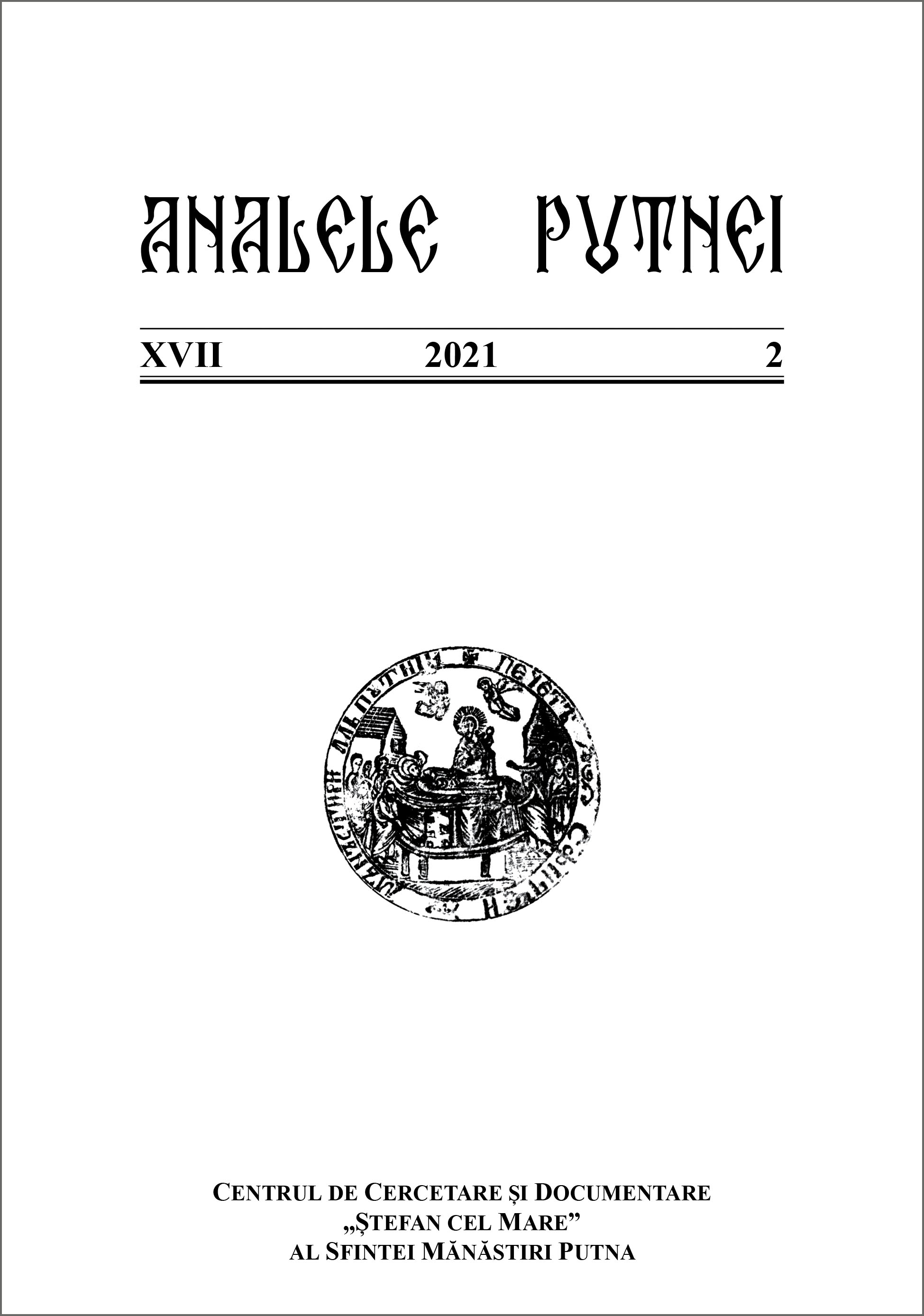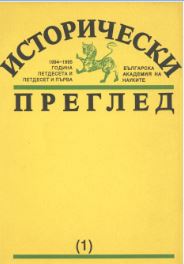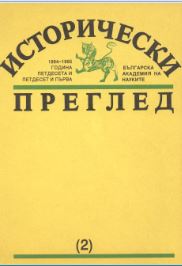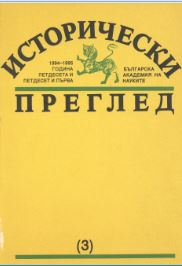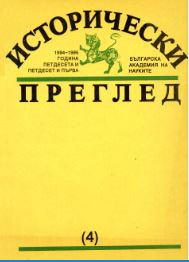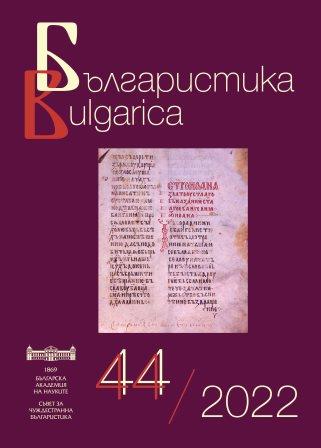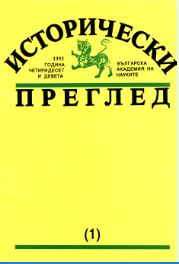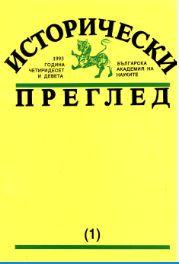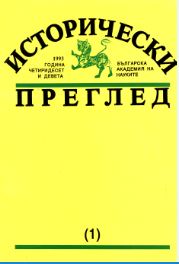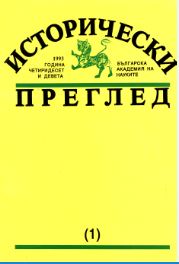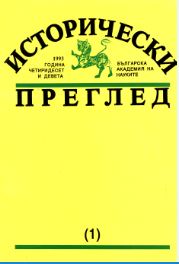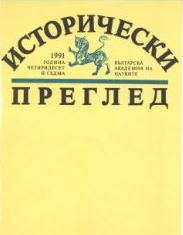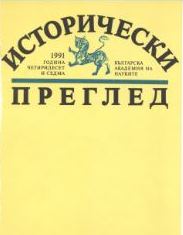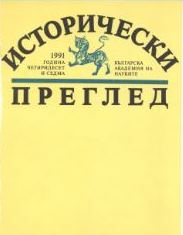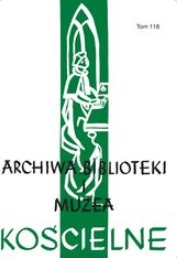
ZABYTKOWE TEKSTYLIA W MUZEUM DIECEZJALNYM W SIEDLCACH W ŚWIETLE BADAŃ REINWENTARYZACYJNYCH
Reinventory works at the Diocesan Museum in Siedlce in 2020, subsidised by the National Centre for Culture as part of the programme ‘Kultura w sieci’ [‘Culture on the Web’], included historic textiles sewn from 15th- through 20th-century fabrics that had been stored in a warehouse for many years. They revealed more than 140 objects (chasubles, capes, mitres, dalmatics, stoles, maniples, palls and burses), only a fraction of which had been catalogued. Other items are of largely unknown provenance, often damaged and having been repaired and re-stitched many times. Only a few of them can be found in the catalogues of art monuments in Poland or on inventory cards in the office of the Provincial Office for Monument Protection. As part of the reinventory work, all the historical paraments gathered in the collection of the Diocesan Museum were carefully documented in terms of content and visual records, and more than 150 of them were added to the online exhibition ‘Splendor Podlasia’ [‘Splendour of Podlasie’] (www.splendorpodlasia.pl) so as to bring this interesting resource to a larger audience. The article also deals with research into the history of the two oldest, late-Gothic fabrics from which the chasubles were sewn and the reuniting of the ceremonial set (sacra paramenta and sacra indumenta) of Bishop Franciszek Kobielski (1679–1755), which had been scattered for many years.
More...
